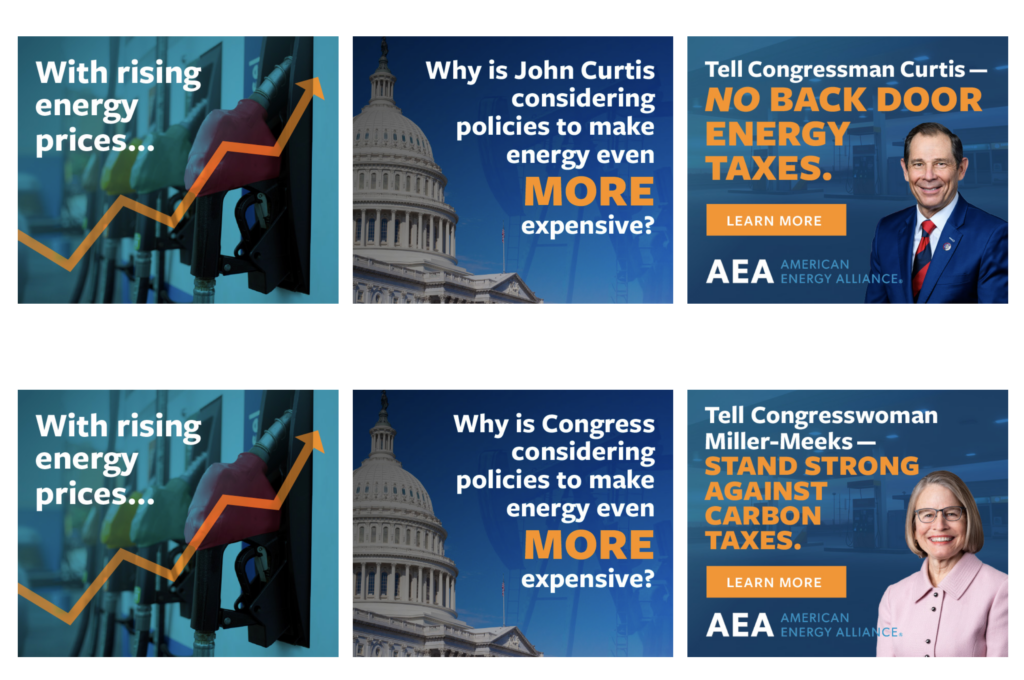On this episode of The Unregulated Podcast Tom Pyle and Mike McKenna discuss the first 2024 presidential debate, results from some recent high profile primary contests, the issues shaping the 2024 election, the latest SCOTUS rulings, and more.
Links:
- Trump Ad
- As an American…
- 225 Ways Biden and company have made it harder to produce energy in America
- BP: Back to Petroleum
- We’ve been heating and cooling the planet. Now What?
- US Olympic and other teams will bring their own AC units to Paris, undercutting environmental plan
- Danish Cow and Pig Carbon Tax
- Koonin: Climate Fatigue
Stay Connected With The Show:


